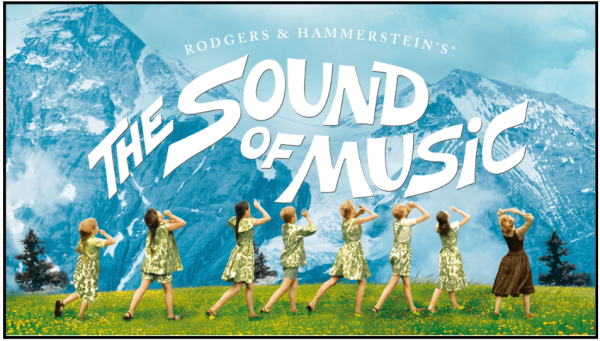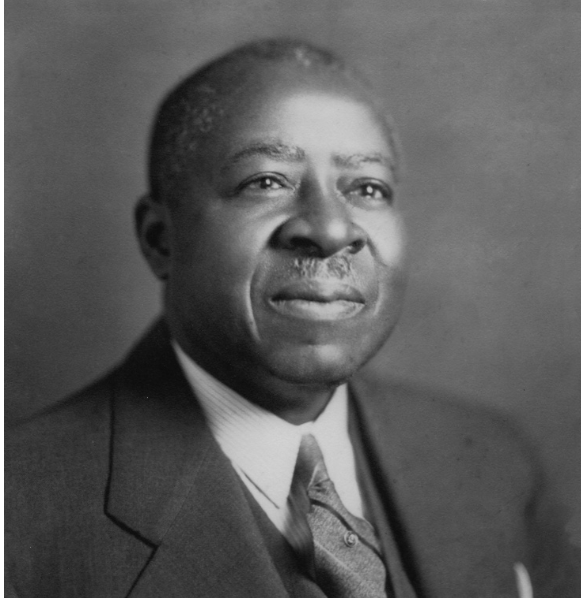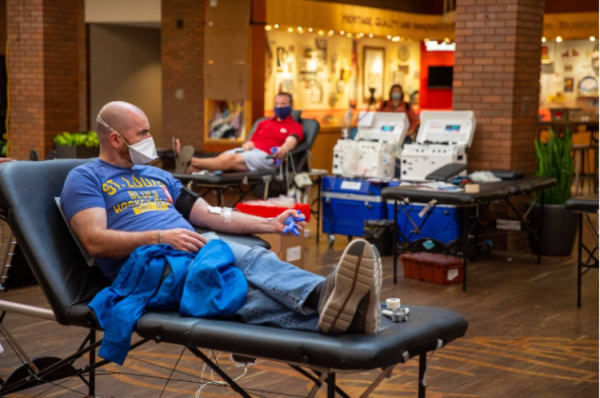No Gains for Selective Schools?
May 18, 2016
These days standing out to colleges is a priority in many students’ eyes. Students join clubs, take challenging classes, work, and play sports to stand out. Yet admission rates to the top colleges have dropped, and for the second year in a row, Stanford took Harvard’s spot for the most selective major school in the nation with a 5.1% acceptance rate. Harvard, Yale and Columbia follow with 6%, 6.3%, and 7% respectively.
Admissions rates to top schools have been falling steadily. Brown, Columbia, Cornell, and Harvard’s admission rates almost halved since 2005. This phenomenon causes many bright, qualified students to get rejected from their top schools. Ultra-low acceptance rates do not necessarily equate to a better school, and they cause much stress amongst teenagers. They also make the admissions process seem like a random selection rather than a decision based on merit. Colleges wanting a large number for applicants is understandable, but their aggressive advertisement and recruitment policies cause underqualified students to become irrationally hopeful. They spend time and money applying to these schools only to be rejected. “One of the ways that colleges are measured is by the number of applicants and their admit rate, and some colleges do things simply to increase their applicant pool and manipulate those numbers,” said Christoph Guttentag, the dean of undergraduate admission at Duke. Some of the advertising is certainly well intentioned, but a part of it is also manipulation.
Bruce Poch, a former admissions dean at Pomona College in Claremont, California, said he saw “the opposite of a virtuous cycle at work” in admissions. “Kids see that the admit rates are brutal and dropping, and it looks more like a crapshoot,” he said. “So they send more apps, which forces the colleges to lower their admit rates, which spurs the kids next year to send even more apps.” If this trend continues, the people who get accepted and denied could very well be indistinguishable in merit.
The trend toward more selective admissions does not seem to be stopping anytime soon. Students need to evaluate colleges based on many factors, not just the brand name, to find the best fit. Ultimately, where you get an undergraduate degree from matters less and less as you move through the work force. If you were denied admission by your top choice college, know that there are 4140 colleges and universities in the United States, and you are sure to find the one that is right for you.






